The “Le Corbusier” collection, as it has been called since the nineteen seventies, would never have seen the light of day without the programme created by Le Corbusier in April 1927. He used sketches to establish the positions of the human body that the seating designs had to refl ect. Of course, there would never have been a collection without the collaboration of Le Corbusier, Pierre Jeanneret and Charlotte Perriand either. Charlotte Perriand was a furniture designer, and was the partner of Le Corbusier and Pierre Jeanneret. She took over the project and in 1928, created the Fauteuil grand confort, grand et petit modèle armchair, the Chaise longue basculante and the reclining Fauteuil dossier basculant small armchair, the swivel Fauteuil pivotant small armchair, along with the Tabouret de salle de bains stool which she had previously designed.
This range of furniture was produced by Thonet from 1930 under the name “Le Corbusier, P. Jeanneret, Ch. Perriand” and was included in the “Des casiers, des chaises et des tables” (containers, seats and tables) concept conceived by Le Corbusier and Pierre Jeanneret in 1925. Heidi Weber, a gallery-owner in Zurich, launched a collection containing a restyled Chaise longue basculante, Fauteuil à dossier basculant and Fauteuil grand confort, grand et petit modèle in Switzerland in 1959. These pieces were built by local artisans and were baptised “le corbusier sitzmöbel/ sièges/chairs”. Distribution was very limited and each model bore the initials “LC”.
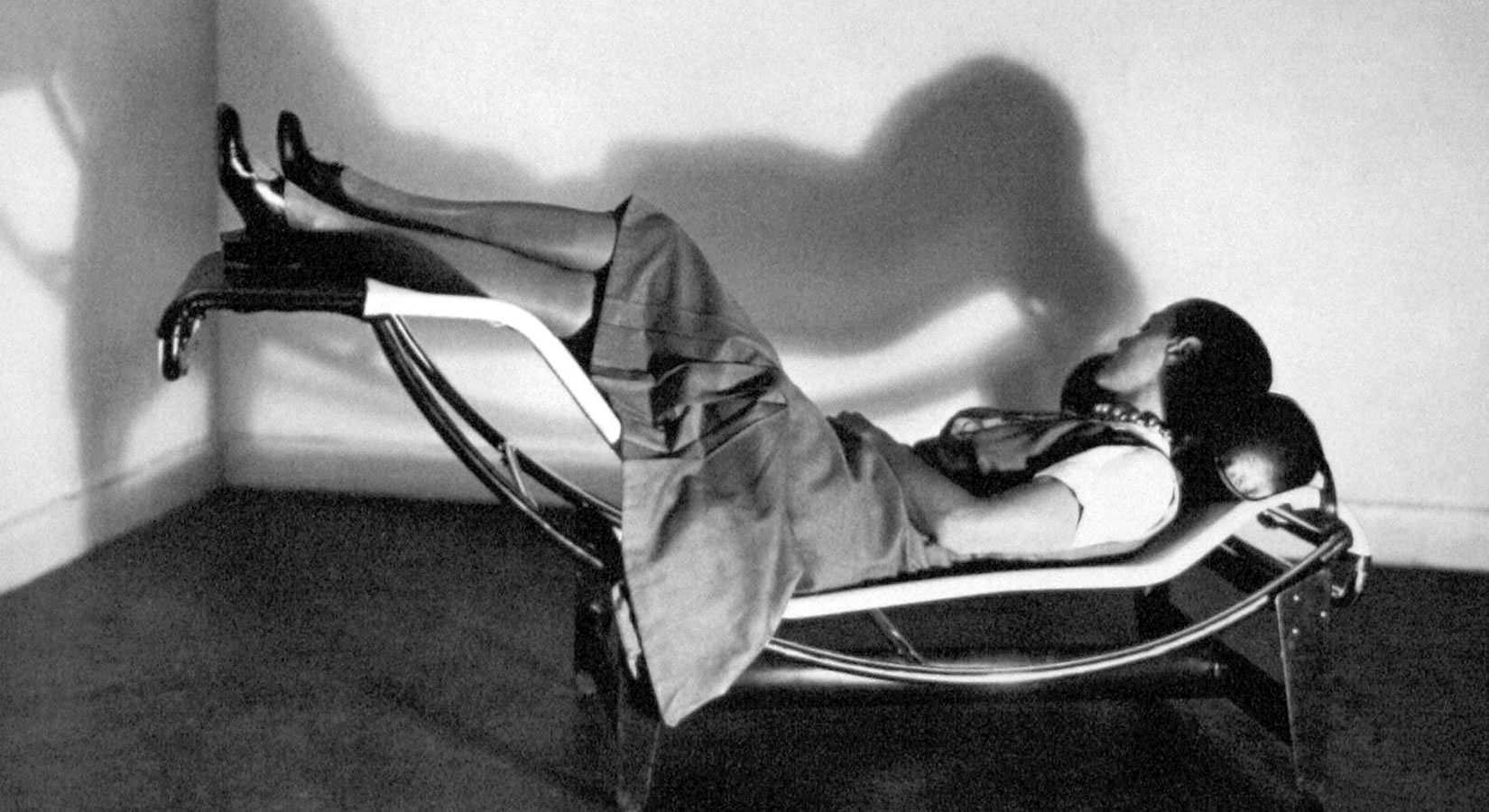
Heidi Weber engaged the company Cassina S.p.A. of Meda to manufacture these four models in 1964 when the Maison de l’homme was being built in Zurich.
The Italian company Cassina acquired the production and sales rights to these models designed in 1928 by Le Corbusier, Pierre Jeanneret and Charlotte Perriand by contract dated 23 October 1964.
The exclusive rights to manufacture and sell these models were extended from Italy to Europe, to the Americas in 1967 and the whole world in 1971. The range was further expanded in the 1970s to include most of the furniture designed by Le Corbusier, Pierre Jeanneret and Charlotte Perriand under the direction of the Fondation Le Corbusier and Charlotte Perriand in collaboration with Filippo Alison and Cassina.
The LC collection was also extended to include a furniture series designed by Le Corbusier alone in 2010, with the series marking a return to nature by the great architect as he pared the wooden pieces back down to the essentials.
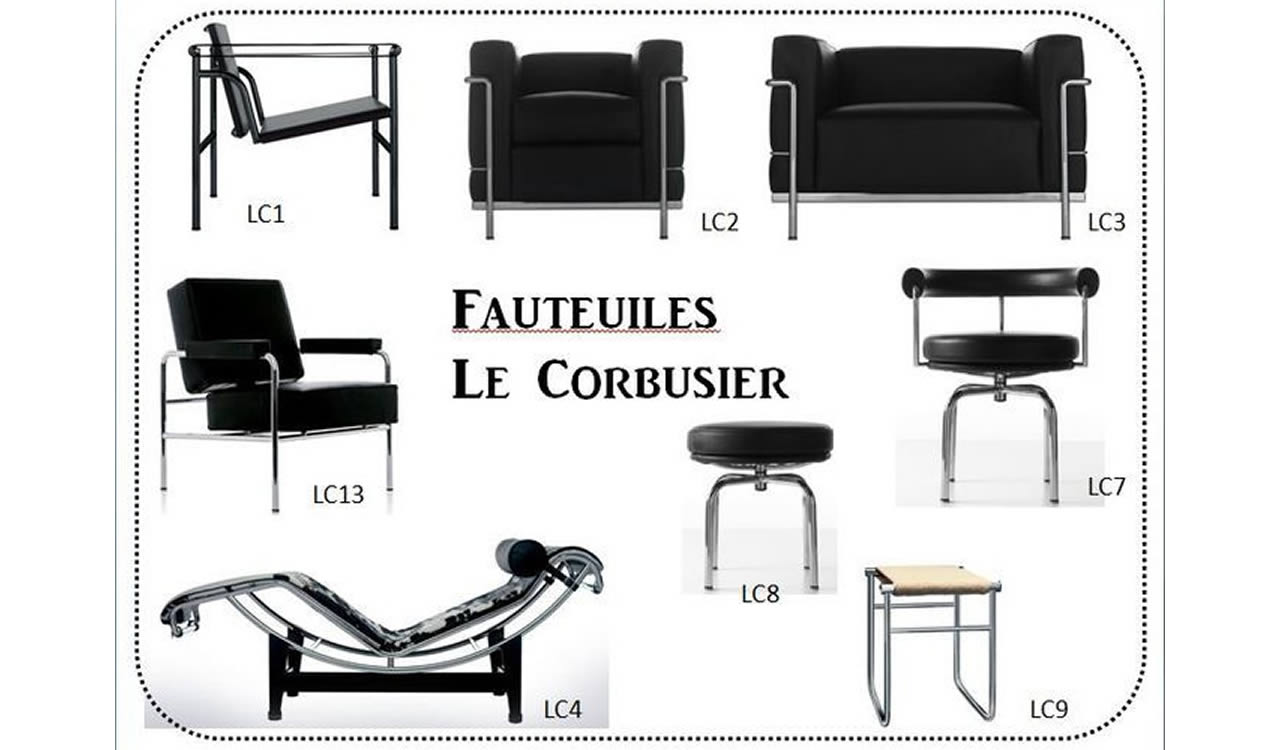
Each piece of furniture in the “Cassina I Maestri” Collection is indelibly marked with:
the signature of the Author, whose copyright belongs to his heirs, the use of which has been granted exclusively to Cassina;
the “Cassina I Maestri” logotype, which incorporates the Author’s emblem;
the production number which tallys the item with the “Identity Card” and shows that a final quality check has been carried out, allowing the Heirs’ control as far as compliance with copyright is concerned.
Beyond the distinctive mark of authenticity of the Cassina brand (which comprises of the production sequence number, the signature of the author and the Cassina I Maestri logo), which exists on all models, the Cassina signature is now also visible on the metal structure of the LC2, LC3 and LC4 seats. A mark which shows that the company is the only company to have the exclusive world production rights for these pieces of furniture. In agreement with the Fondation Le Corbusier, and the heirs of the co-authors who chose Cassina in 1964 as their sole spokesperson due to their attention and respect for the original project, matched with a consolidated production capacity and respect for the copyright.
Each piece of furniture in the Cassina I Maestri collection comes with its individual guarantee bearing the same number as is indelibly marked on the furniture itself.
This document contains information covering the features of the product: the material used, the constructive criteria adopted, the way in which it is made, the year of the original design and the year of production, biographical details of the Master, a bibliography, and a list of Museum and Galleries where the piece has been on show.

The metals are plated with Trivalent Chromium Plating (CR3), a process that increases the safety in production environments and reduces the environmental impact.
The exposed metal structure of the products of Le Corbusier, P. Jeanneret and C. Perriand serves an aesthetic as well as a functional purpose, and is emblematic of a high standard of innovation and a breaking with tradition.
The curves of the metal structures are obtained not by bending the tubes but by means of special welding processes that guarantee flawless curves and superior mechanical strength. After welding, a long and painstaking brushing phase is carried out to make the surface of the structures smooth and polished. These details make imitations easy to spot.
The process known as chromium plating is carried out manually. The plating is made very thick to guarantee the extra strength of the product.
Vigorous checks are performed during each process to guarantee the superior quality of the structure extolled by many models.
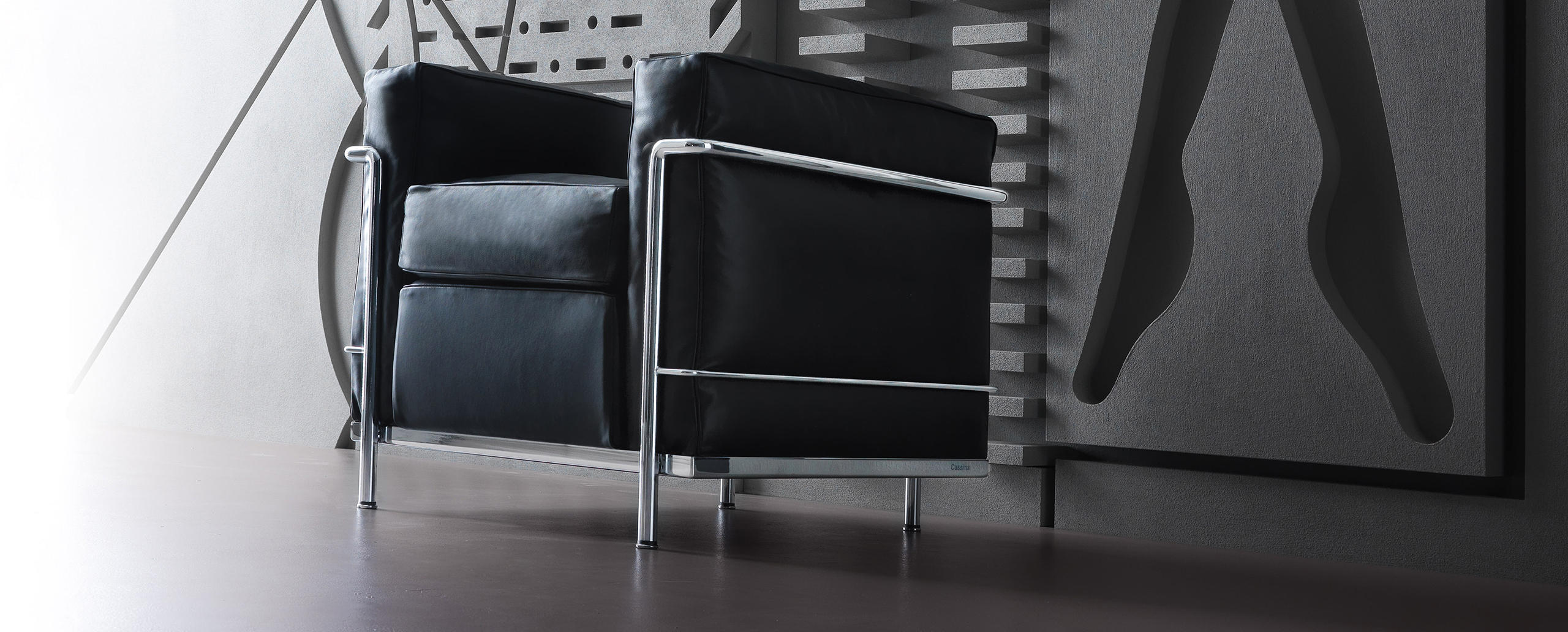
Cassina is the only company authorised to produce the authentic Le Corbusier, Pierre Jeanneret and Charlotte Perriand furniture collection.
Cassina is the only company to have acquired exclusive, worldwide production rights through a licence signed with the co-authors and the Le Corbusier Foundation in 1964.
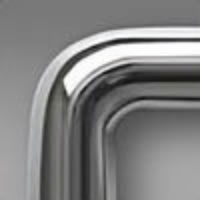
The metallic structures are bent using a special welding technique, and not just by bending the tube. This gives constant thickness with higher mechanical resistance even though it can't be seen.
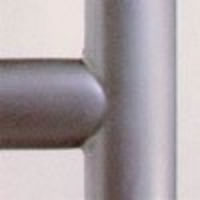
All seams are carefully smoothed and polished using a labour-intensive brushing technique.
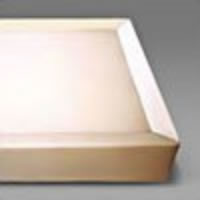
The cushion is made of a foam core to guarantee solidity which is then wrapped in padding for comfort.
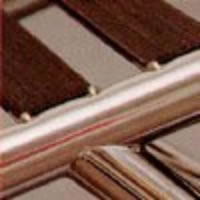
All seams are carefully smoothed and polished using a labour intensive brushing technique.
Each item from the Collection is indelibly marked with theCassina I Maestri logotype, the signature of the authors and the progressive ID production number to make each item unique. This information is also printed on the attached ID card. In addition, the Cassina logo can be seen on the LC2, LC3 and LC4 models.
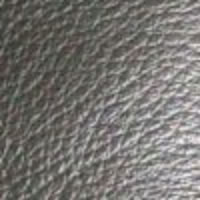
The leather used for the Le Corbusier, P. Jeanneret and C. Perriand collection is unique. Its velvety softness and durability are guaranteed since only top quality leather from known provenances is used.

Companies that produce imitations do not generally have a culture of excellence and cannot always be clearly identified.

The retail network used by Cassinaensures the customer wide-ranging, qualified support, including after-sales assistance.

Cassina quality and authenticity are further protected by a warranty that can last up to 50 years on certain models.
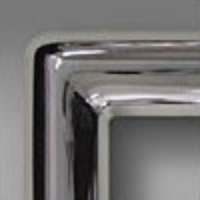
The radius of curvature of the structure does not follow the strict instructions of the authors; in fact they often look very angular.
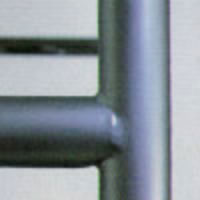
The welding is often done very carelessly and the seams are usually very obvious as they are not smoothed or polished.
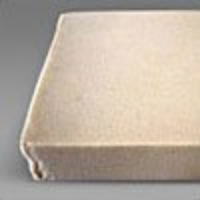
The cushions are often manufactured quite roughly, with glue used to join the pieces and thin padding that makes the seats stiff.
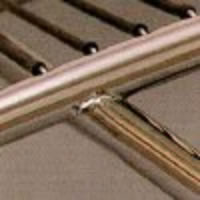
The seams are usually very obvious as they are not smoothed or polished.
You can tell that the piece is a counterfeit if there is no brand name.
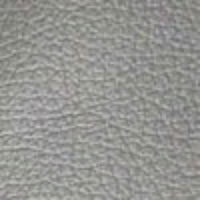
Intense smoothing processes make the leather look more artificial and lacklustre.
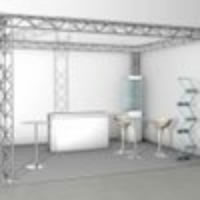
You will not be able to benefit from the range of services offered by Cassina or receive any specialised assistance if you buy an imitation.

The cushions are often manufactured quite roughly, with glue used to join the pieces and thin padding that makes the seats stiff.

Poor quality imitations cannot be guaranteed.
更多信息请与我们取得联系:
填写联络表 info@gerosadesign.com (+39) 031 480 476